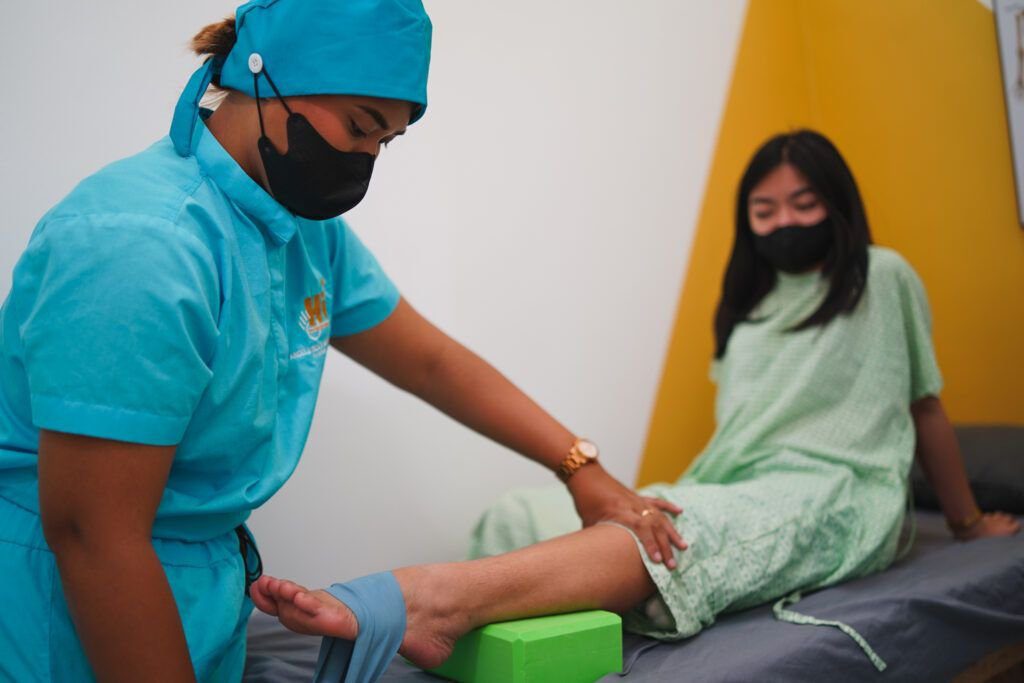- Customized treatment plans: Therapeutic exercise programs are designed based on a comprehensive assessment of an individual’s condition, including their medical history, current physical abilities, limitations, and specific goals. The exercise prescription is tailored to meet the unique needs and capabilities of each person.
Targeted outcomes: Therapeutic exercises aim to address specific impairments, functional limitations, or musculoskeletal conditions. The goals can vary widely depending on the individual and their condition but may include improving strength, flexibility, endurance, balance, coordination, range of motion, or overall physical function.
Rehabilitation and injury prevention: Therapeutic exercise is commonly used in the rehabilitation process after an injury, surgery, or illness. It helps restore mobility, build strength, and enhance functional abilities. Additionally, therapeutic exercises can also be utilized to prevent injuries, manage chronic conditions, and promote overall health and well-being.
Types of exercises: Therapeutic exercise can encompass a wide range of activities, including stretching, strengthening exercises using resistance (such as weights or resistance bands), cardiovascular exercises, balance and coordination exercises, functional movements, and neuromuscular reeducation. The specific exercises prescribed will depend on the individual’s condition and goals.
Progression and monitoring: Therapeutic exercise programs are typically progressive, meaning they are gradually advanced as the individual’s abilities and tolerance improve. Healthcare professionals monitor the progress, make necessary modifications, and provide guidance to ensure the exercises are performed correctly and safely.
Patient education and self-management: In addition to performing exercises under the guidance of healthcare professionals, therapeutic exercise often involves patient education. Individuals are taught proper technique, body mechanics, and strategies to manage their condition independently, empowering them to take an active role in their recovery and ongoing care.
Therapeutic exercise can be a key component of various healthcare settings, including physical therapy clinics, sports medicine facilities, rehabilitation centers, and chronic disease management programs. It plays an important role in promoting functional recovery, improving quality of life, and facilitating long-term management of various conditions.
If you are considering or have been prescribed therapeutic exercise, it’s important to work closely with a qualified healthcare professional who can assess your needs, develop an appropriate exercise program, provide guidance, and monitor your progress throughout the process.


